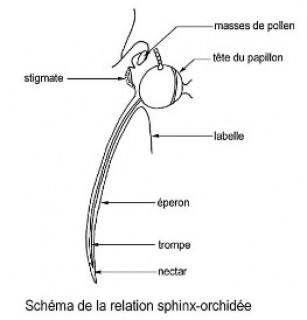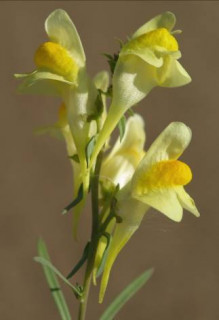Step 1: The insect is attracted to the plant
Flowers are often beautiful and smell good... but why? In order to attract insects, you have to be cunning! This attraction is done by the colour of the flowers, the patterns on the petals, the shape and size of the petals, but also by the smell that the flowers give off.
The colour of flowers
Not all insects prefer the same flower colours. Daytime butterflies prefer blue, purple or pink flowers, nighttime butterflies prefer white flowers and diptera prefer yellow flowers.
The shape of the flowers
Insects are also sensitive to the shape of flowers. Not all insects can feed on flowers of all shapes. For example, butterflies with long proboscis can absorb nectar from the bottom of a long tube on some flowers, whereas insects with shorter proboscis cannot.
Flower odours
Insects are able to detect different types of odours:
- Pleasant flowery odours that can also be perceived by humans. Hymenoptera and Lepidoptera are often attracted to flowers with this type of smell.
- Odours that are not perceptible to humans, such as sex pheromones. Some orchids, among others, produce odours that mimic the sex pheromones of the females of certain bees, which attracts the males who then ensure pollination.
- Smells that we find unpleasant, such as the smell of rotting meat. Diptera are often attracted to such odours.
These odours can be produced by different parts of the flower, the petals, the pollen, the nectar. When pollen or nectar is odorous, it provides a signal that lets pollinators know they will find food on the flower. This avoids unnecessary visits to flowers that have just been visited by another insect and therefore have no nectar left; or to immature flowers that are not yet producing pollen.
Flower patterns
Flowers are not always plain, they may have dots, lines or spots that help the insect find nectar. These patterns are called nectar guides.
The symmetry of flowers also plays a role in attracting insects. Some flowers have radial symmetry, such as Dandelion, and insects can land on them in different positions. Other flowers have bilateral symmetry, such as Orchids, and insects can only visit them in one way. Depending on the shape of the flowers, different insects will be attracted and will be able to pollinate them..
The other stages of pollination :


